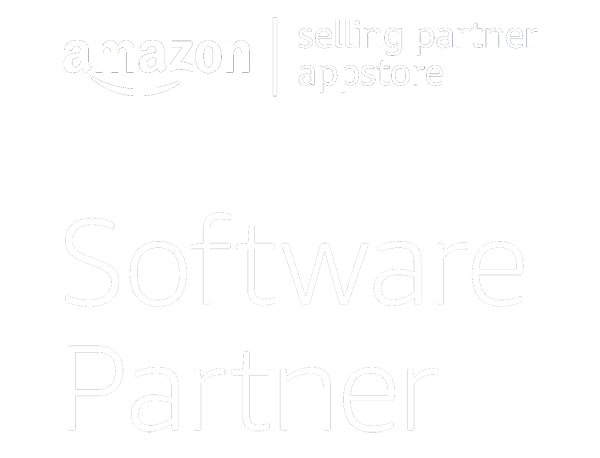The end of 2021 likely brought a sigh of relief. Although last year had its ups and downs, it also set a new record for the number of new business applications submitted. A whopping 5.4 million submissions surpassed the 2020 record of 4.4 million. Despite a number of factors contributing to instability, many Americans finally took that leap of faith.
The “great resignation” fueled many entrepreneurs to finally fulfill their dreams of launching a business. But how did they do it? How did these folks transition from the security of a paycheck to the uncertain yet joyful experience of becoming successful entrepreneurs?
They each followed these three phases to turn an idea into reality. Follow these steps to start your path toward self-employment or small business ownership. The goal is to give each phase enough time, but not so much that you get stuck there.
Start with an Idea for Your Small Business
As you read this, take a look around in your environment. Notice everything you see from the monitor or phone to the seat you are sitting on and everything in between. It all started as an idea in someone’s mind.
What spawns a business idea?
Most ideas start with a self-reflective question such as, “what if…?” or, “I can do something better than that, right?” or, “Why is it like that?”. These little notions have been the foundational thoughts of some amazing companies.
But let’s take it a step further. Not everyone has the mindset to look at the products and services in their lives in this way. So as a first step, learn to tune your eyes and ears to notice how things currently are and imagine how they could be better, different, easier.
Some questions a potential small business owner might ask themselves could be:
- Why was it done/made this way?
- How could this product or service be better?
- Could it be made or delivered faster?
- Would people buy more if it could be made/delivered for a better price?
Sometimes when people come up with an idea they are afraid to talk about it, fearing that someone may steal it. The truth is, that rarely happens, and even if it does, it won’t matter. The magic is never in the idea – it’s in the execution.
So feel free to share it with others. Does the problem resonate? Are others experiencing the same thing? Perhaps your idea is tapping into upcoming business trends.
Make the Plan
Having an idea is a great start. The path to become a successful small business owner is to take the next step and put it on paper. The dreams and ideas feel good but remain high level and more abstract. The old adage is, “if you fail to plan, you plan to fail”.
It’s time to get into more of the nitty-gritty. Writing a business plan sounds intimidating, and you’ll likely find templates with ten-plus pages and SWOT analysis. A lot of people get overwhelmed with robust business plan templates that make execution feel monumental, but for now, focus on writing down your plan.
This is about how you plan to execute. Your business planning needs to reflect how you will launch your business. Write it in a format that simplifies the execution and makes sense to you. Here is a short list to start with:
Checklist for YOUR Business Plan:
- Company name
- Business structure (sole proprietorship, limited liability corporation, partnership, C or S corporation)
- Business bank account
- Website
- Business address
- Email address or phone number
- Physical location or virtual presence
- Explore different business lending and funding options
- A product or a service
- Marketing (social media, email marketing, ads, pay-per click, TV, radio, print)
- Business model (how you plan to make money)
- Pricing model (what price point will get you the business)
- Audience you will pursue to find your potential clients or customers
- Define your business niche
- Going solo or with a team
- Bookkeeper to help with business taxes
- Business tools and technology needed
At the planning phase, you may really start feeling like a business owner because your idea is becoming more real. As you build your plan, you may feel inclined to share it with people and get feedback. This is an important step yet it helps to seek guidance from experienced people.
At the idea phase, you can talk to anyone. At the planning phase, talking to someone who’s been there before can be a huge help. Places like SCORE (who consist of current and former business owners), local small business centers and even community colleges with business programs offer mentoring services that are a great resource to tap into.
Take Any Action
Lastly, a business is not a business unless a transaction takes place. The most amazing idea with the best laid plans amount to nothing without proper execution. There’s only one way to test your plan and start improving. It’s time to take action.
Many people had been dreaming about an idea for years. Some had written down a brief outline of a plan. But it really took the catalyst of 2021 to ignite the spark to take action and put those plans into play.
An old Chinese proverb states: “A journey of a thousand miles begins with a single step.”
When it comes to taking action, don’t get hung up on taking the “right” step. Focus on any step. Review the short list above. Start with any of those. Maybe it’s getting your domain name for your website. Maybe it’s registering a name with the Secretary of State. Perhaps it’s testing out a competitive product or service. Perhaps it’s having coffee with a potential customer to gather market data. The goal is to start the “doing”.
The action step is where you are transforming the intangible into something tangible. This is when an idea starts becoming a business.
An essential part of the action phase is to take an action and see if you got the expected result. If you did, great. If not, make a change to your plan, and take a new action. Repeat this sequence as many times as you need to get your intended results.
Final Thoughts
Whether you are noodling around a side hustle or you’re on the path to full-time, small business entrepreneurship, these 3 phases are critical to your success. Every product or service around you went through this process. That’s what made it a reality.
Lastly, there is a story of a reporter asking Roy Disney at the grand opening of Epcot at Disney World if it was a bittersweet day for him since Walt Disney had already passed away and never got to see this. Roy Disney’s response has become memorable. He smiled at the man and said, “Walt saw this. That’s why you are seeing it now.”
Follow these phases for your business venture and turn your dreams into reality.


